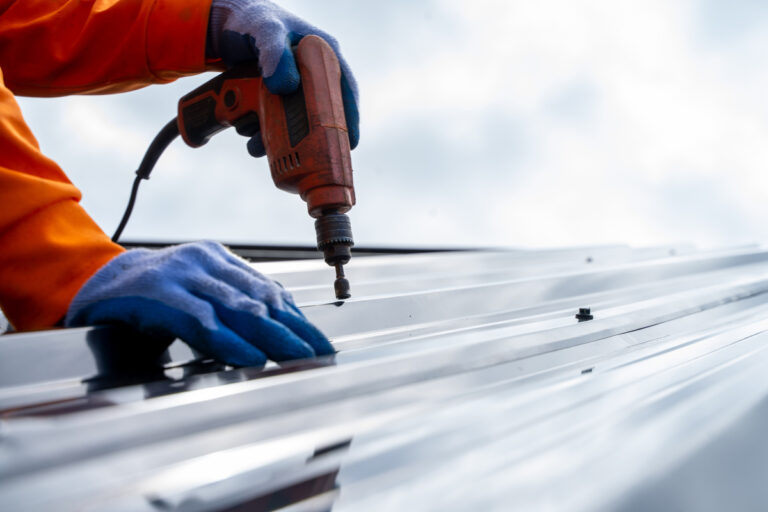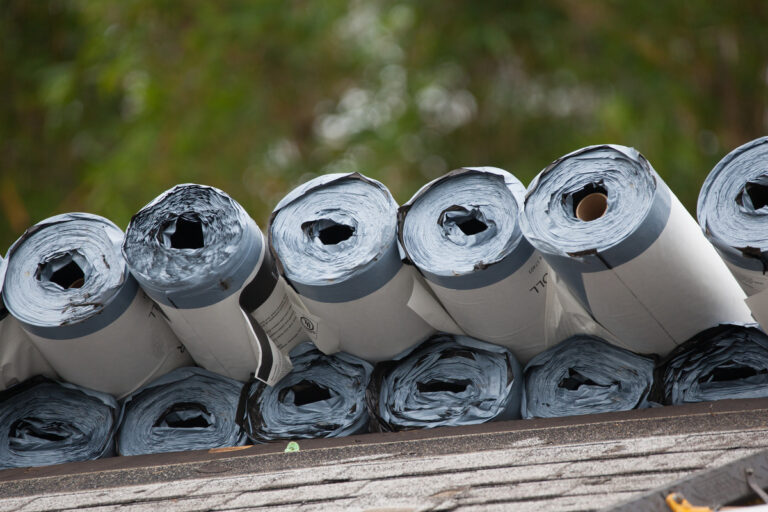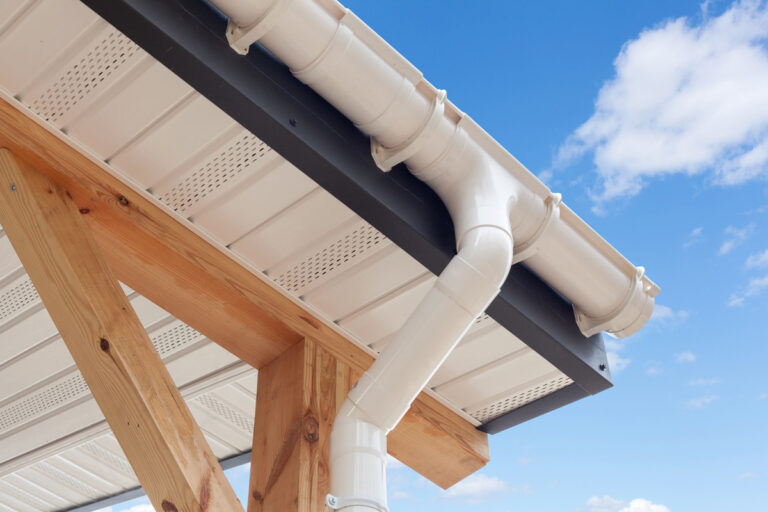7 Types of Roof Flashing
October 5, 2023
When was the last time you thought about your roof flashing? If you’re like most homeowners, it may rarely cross your mind. However, understanding this underrated aspect of home maintenance can save you from unwanted water damage and extensive repairs.
In this insightful guide, we’ll delve deep into the world of roof flashing, explaining the various types and why they matter for the longevity of your home. From copper roof flashing to pipe flashing, each version has its role in keeping your home safe and dry.
Ready to learn how to maintain your roof?
This guide will offer crucial insights for anyone looking to better comprehend their home’s first line of defense against water damage. Read on to learn more!
The Different Types of Roof Flashing
When it comes to roof flashing, whether it’s installed on a roof with quality roofing shingles, metal panels, or other materials, one size certainly does not fit all. In fact, there are varying roof flashings, each designed for a specific area on your roof. Here’s a closer look at each:
1) Valley Flashing
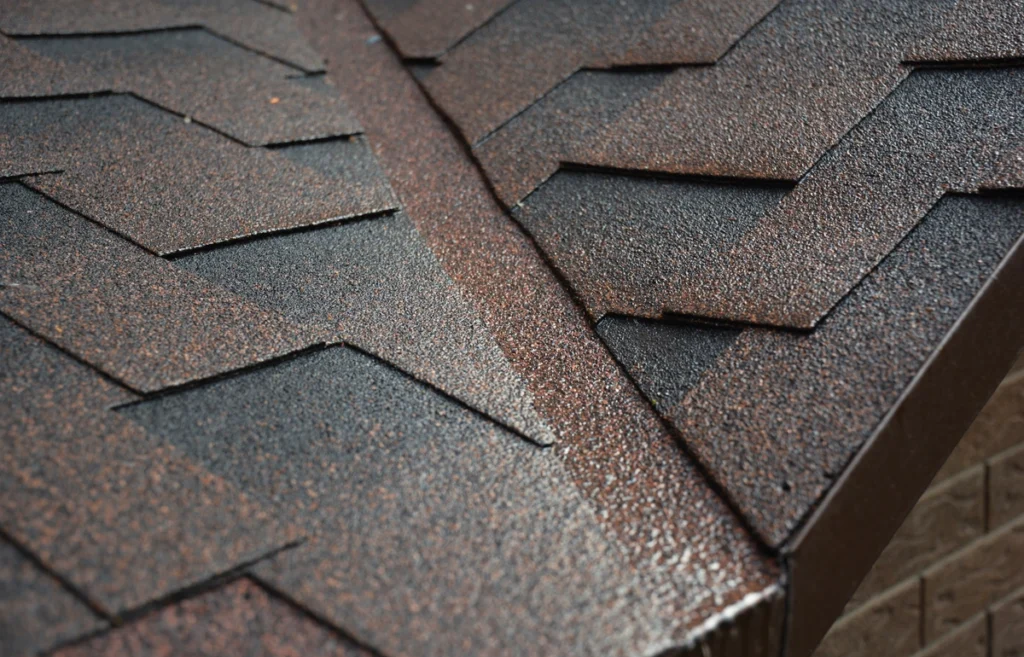
The first type of flashing we’ll examine is valley flashing. This kind of flashing is used in the valleys and joints of a roof. These areas, where two sections of the roof meet, are particularly susceptible to leaks and water damage. Therefore, valley flashing is designed to steer water away, protecting these vulnerable areas.
2) Drip Edge Flashing
Next up is drip edge flashing. Drip edge flashing is installed along the edge of the roof and is designed to guide water away from the fascia and into the gutters. This type of flashing is essential in preventing water damage to the wood and sheathing of your roof.
3) Vent Pipe Flashing
Vent pipe flashing is also common. This crucial component is designed to seal off the area around your vent pipes, preventing water from seeping in and causing damage. Similarly, chimney flashing is used to seal off the area where your chimney meets your roof.
4) Step Flashing
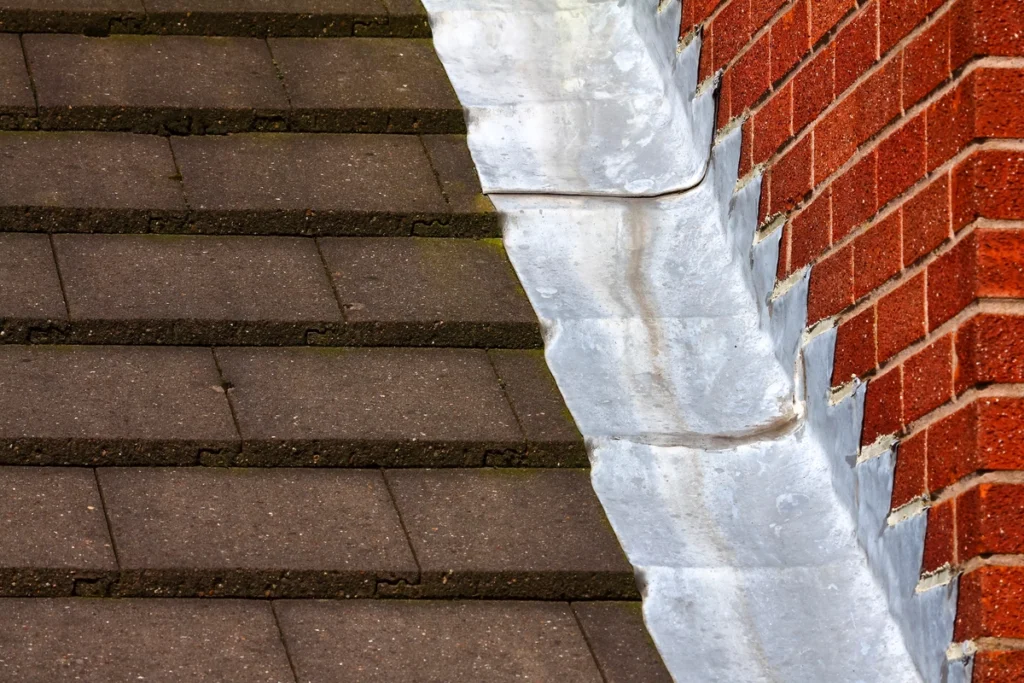
Step flashing is used where a roof meets a vertical wall. This includes areas around dormers and chimneys. Step flashing is so named because it’s installed in a series of steps to ensure water is directed away from the wall and onto the roof.
5) Apron Flashing
There’s also apron flashing. This type is often used around chimneys and dormer windows. It’s installed over other types of flashing, such as step flashing, to provide additional protection against water intrusion. This is a great means of waterproofing, but make sure to inspect your chimney roof flashing semi-regularly (as well as the flashing along any skylights or roof vents) as these points are prone to water-entry.
6) Metal Flashing
Metal flashing is one of the most popular types of flashing used today. This is primarily due to its durability, flexibility, and cost-effectiveness. Metal flashing is available in several different materials, each with its own set of benefits and drawbacks. Some of the most popular materials include aluminum, steel, and copper.
7) Copper Flashing
Copper flashing is considered the gold standard in the world of roof flashing due to its superior durability, attractiveness, and longevity. It’s highly resistant to corrosion and can last for decades without needing to be replaced. This makes it an excellent investment for homeowners who want the best protection for their homes.
The Benefits of Roof Flashing

Now that we have a better understanding of the various types of roof flashing, let’s explore their benefits. At its core, the primary function of flashing is to direct water away from vulnerable areas of your roof system and gutters. This simple function has a number of significant benefits, which include:
Water Damage
Flashing protects your home from water damage. By directing water away from vulnerable areas of your roof, flashing helps to prevent leaks, dampness, and the associated problems these can cause. This includes issues such as rot, mold, and structural damage.
Prolonged Lifespan
In addition, flashing helps to prolong the lifespan of your roof. By protecting it from water, flashing reduces the wear and tear that your roof experiences, helping it to last longer. This can save you significant amounts of money in the long run.
Lower Energy Bills
Flashing also helps to improve the energy efficiency of your home. By preventing water intrusion, flashing helps to keep your home dry and warm, reducing the amount of energy you need to use to heat your home. This can result in lower energy bills.
Maintenance & Roof Flashing Repair

Proper maintenance and repair of your roof flashing is critical to its effectiveness. This starts with regular inspections. It’s recommended that you inspect your roof flashing at least twice a year, ideally in the spring and fall. Look for signs of damage, such as rust, corrosion, or cracks. Also, check that the flashing is securely attached.
If you notice damage, it’s vital to repair it as soon as possible. Small problems can quickly escalate, leading to more serious issues. If you’re uncomfortable making the repairs yourself, hiring a roofing professional is a good idea.
When repairing or replacing flashing, it’s important to choose the right material for the job. This brings us to our next topic: comparing roof flashing materials.
Roof Flashing Materials – Notable Comparisons
There are several materials used for roof flashing, each with its own pros and cons. The most common materials are copper, aluminum, and galvanized steel.
Copper is a popular choice due to its durability and corrosion resistance. It’s also a particularly attractive material, adding a touch of class to any home. However, it’s also the most expensive.
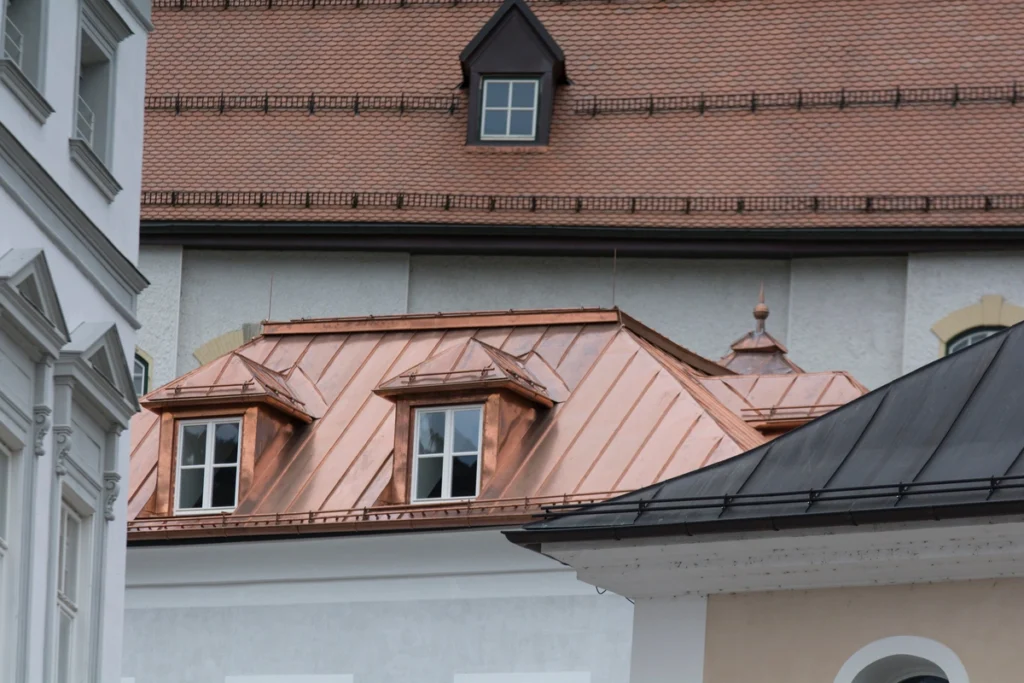
Aluminum is another popular choice for your roof flashing. It’s lightweight, easy to work with, and relatively affordable. Unfortunately, aluminum isn’t as durable as other options and can corrode if it’s not properly coated.
Galvanized steel is durable and economical. It’s resistant to rust and corrosion, and it’s also relatively easy to install. On the downside, it can corrode if not properly maintained.
Need a Reliable Local Roofing Contractor?
Now that you know more about roof flashing, you can better understand its role in keeping your home in good condition. Of course, maintaining a roof is no easy feat. The good news is, we can help. At Roof X, we provide prompt storm damage roof repair, high-end roof replacement, and detailed roofing services based on your needs.
Ready to get started on your roofing project?
Reach out to our prompt and professional roofing team at Roof X!

